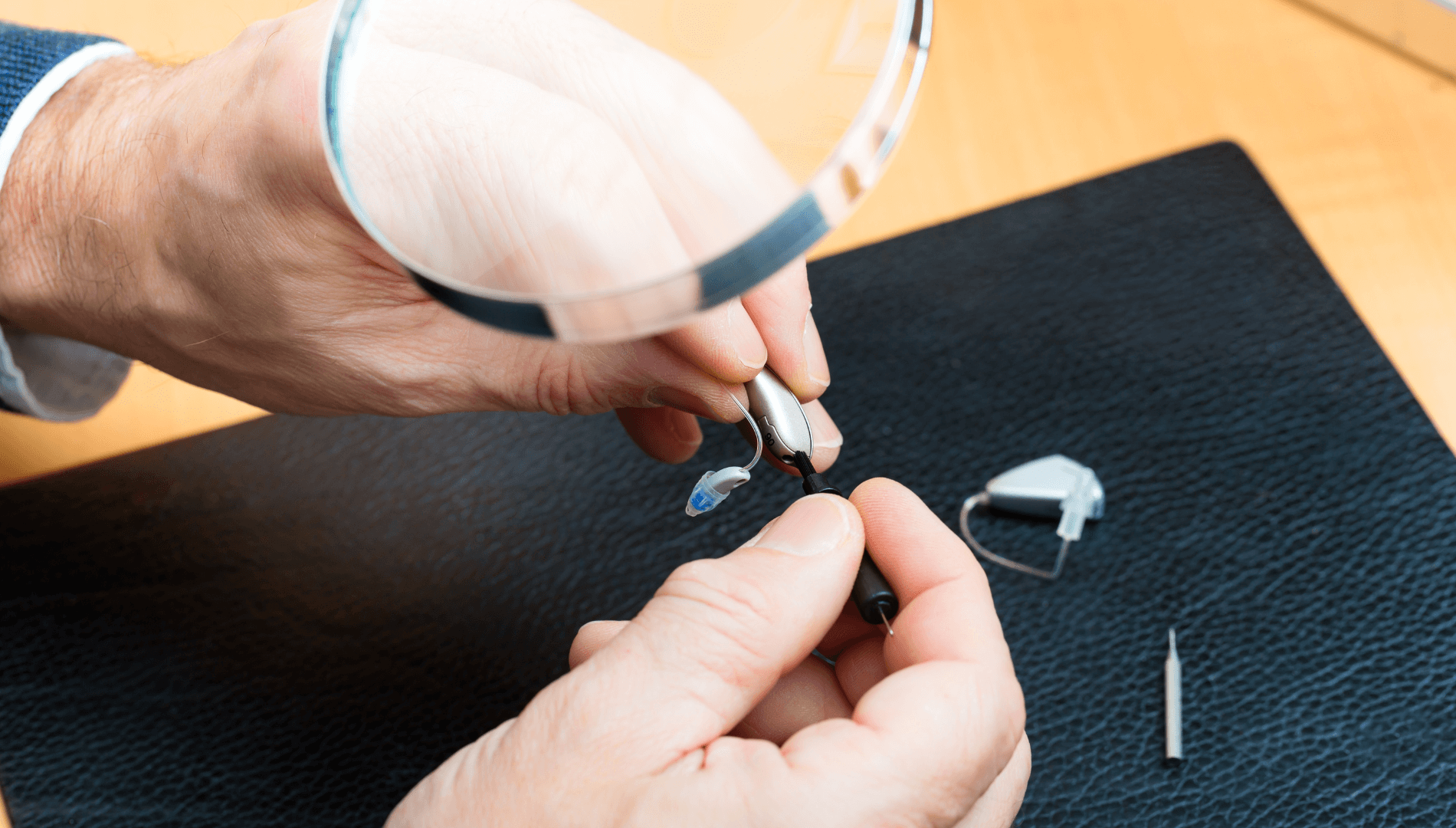
Hearing aids bring the world back to life, turning whispers into words and muffled sounds into clear conversations. When they suddenly stop working as expected, frustration can set in quickly. The good news is that many issues have simple fixes, so there’s no need to panic right away.
A malfunctioning device doesn’t always mean a costly repair or replacement. Sometimes, a bit of troubleshooting can get things back on track quickly. Knowing what steps to take can help keep hearing aids in top shape and prevent interruptions in daily life.
Check the Batteries
Dead or weak batteries are one of the most common reasons hearing aids stop working. Even rechargeable models can lose power unexpectedly if they haven’t been fully charged. Replacing or recharging the batteries should be the first step when troubleshooting a device that isn’t working properly.
Check for corrosion at the battery contacts if new batteries don’t solve the issue. A small amount of buildup can prevent proper power flow, leading to performance problems. Cleaning the contacts with a dry cotton swab can often restore function.
Clean the Device Thoroughly
Earwax and debris can block microphones and speakers, causing distortion or complete silence. Regular cleaning with a soft, dry cloth or a specialized hearing aid brush can prevent buildup. If sound seems muffled, inspecting the device for blockages is a simple but effective fix.
Filters and wax guards should also be checked and replaced as needed. These tiny components protect internal parts but can become clogged over time. Keeping them fresh ensures clear sound quality and better overall performance.
Inspect the Tubing and Earpiece
Cracks or blockages can lead to sound issues for hearing aids with tubing. Moisture buildup can also cause problems, especially in humid environments. Detaching the tubing and drying it with an air blower can help remove trapped moisture.
Earpieces should also be checked for proper fit. A loose or damaged earpiece may affect sound clarity or cause feedback. Replacing worn-out parts can make a significant difference in performance.
Adjust the Volume and Settings
Sometimes, a device may seem to be malfunctioning when the settings have accidentally been changed. Volume adjustments or switching between modes can cause sudden changes in sound quality. Checking the settings ensures that the hearing aids are operating at the right levels.
A reset can also help if the device isn’t responding properly. Turning the hearing aids off and back on can often resolve minor technical glitches. If problems persist, reviewing the user manual for troubleshooting steps may offer additional solutions.
Look for Moisture Damage
Exposure to sweat, rain, or humidity can affect hearing aid performance. Even small amounts of moisture can interfere with delicate electronic components. Using a hearing aid dehumidifier or drying kit can help remove excess moisture and restore function.
If the device has been exposed to water, removing the battery and letting it air dry can prevent further damage. Avoid using heat sources like hairdryers, as excessive heat can cause more harm than good. Proper storage in a dry, cool place can help prevent moisture-related problems in the future.
Seek Professional Help When Needed
If troubleshooting doesn’t resolve the issue, professional assistance may be necessary. Hearing health professionals have the tools and expertise to diagnose and repair complex problems. Scheduling an appointment can help determine whether repairs or adjustments are needed.
Warranties and service plans may cover some repairs, reducing costs for necessary fixes. If a device is beyond repair, a professional can recommend suitable replacement options. Keeping up with routine maintenance can also help prevent future malfunctions.
